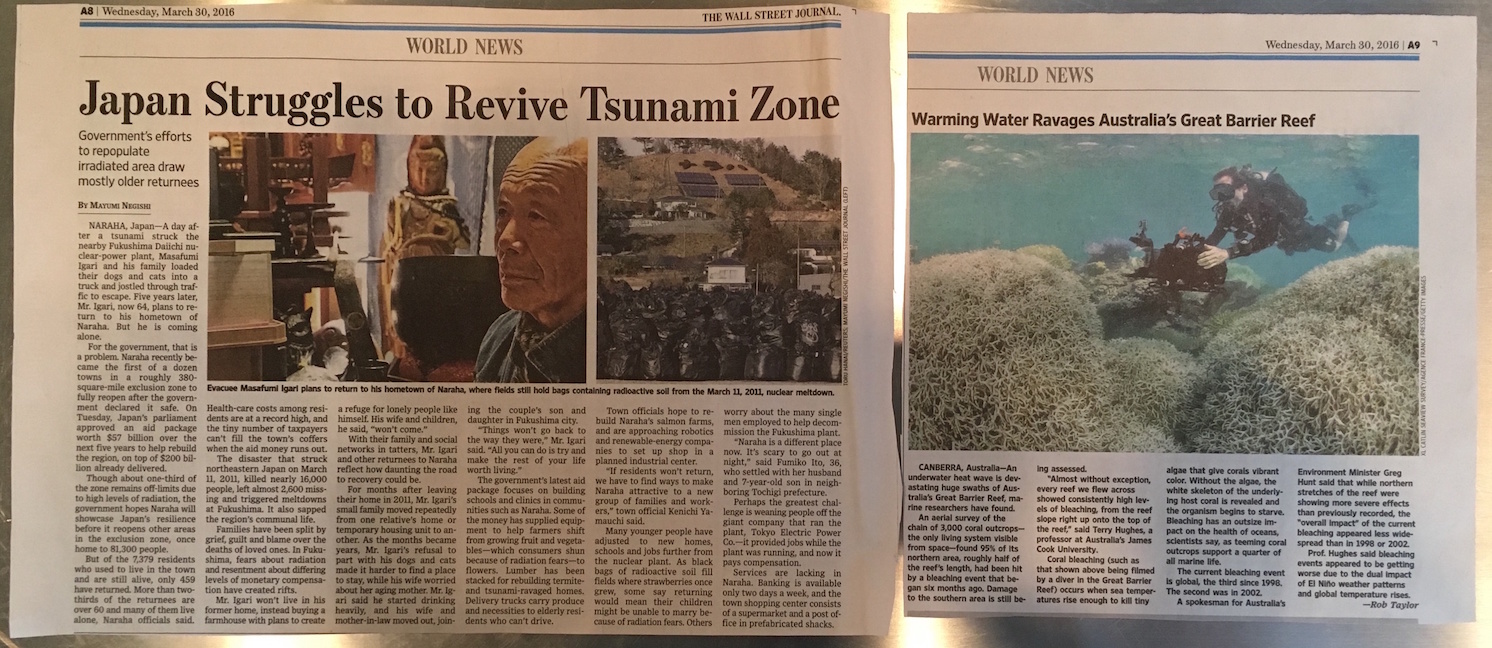The photovoltaic effect was first discovered or credited by Edmund Becquerel, a nine-teen year old French physicist in 1839 when studying an increase in electron emissions reacted to a pair of electrodes when exposed to light. In 1876, William Grylls Adams and a student, Richard Day, discovered that when selenium was exposed to light, it produced electricity, thus the discovery of photovoltaics.
In 1881, the first solar panel was invented by an American inventor, Charles Fritts who was inspired by the photovoltaic effect. Seven years later the solar cell was patented by Edward Weston of the United States.
Albert Einstein also theorized about photoelectricity effect in 1905. He believed that light could create electricity if it behaved, sometimes, like a particle rather than a wave. His theory outlined how a light particle might deliver enough energy, all at once, to knock an electron off an atom and create an electric current. A decade later, Einstein’s theory proved to be correct by Robert Millikan. Albert Einstein received the Nobel Prize for his work with photovoltaics in 1921. His idea helped revolutionized solar energy and help make the solar panels work as they do today.
It took almost thirty more years for the first practical photovoltaic cell to be invented. In 1954, Calvin Fuller, Gerald Pearson, and Daryl Chapin, discovered the silicon solar cell. This cell actually produced enough electricity and was efficient enough to run small electrical devices.
Because of this discovery, it significantly helped improve daily life around the world by providing power to many utilities such as water pumps for irrigation. Within six years, the PV (photovoltaics) cell technology grew very rapidly and off-grid home-owners began purchasing solar panels for their homes. 1970’s, was a great time for renewable energy sources because there was the first Energy Crisis with oil shortages, and the National Renewable Energy Laboratory (NREL) was established, which helped increase further research on PV technology.
Since the 1970’s, solar panels and solar energy has increased dramatically in numerous places around the country. Solar modules provide over one-million homes and businesses with electricity, which provide thousands of jobs and sustainable opportunities. Businesses are now installing solar panels in homes and commercial buildings. Solar helps eliminate electricity bills, reduce carbon emissions and they do not create noise or pollution, just clean energy.




